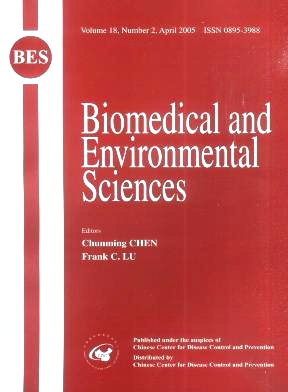Slurry-phase Biological Treatment of Nitrophenol Using Bioaugmentation Technique
-
Key words:
- Biodegradation /
- Bioremediation /
- Slurry bioreactor /
- 4-nitrophenol /
- Soil
Abstract: Objective To investigate the performance of soil-slurry bioreactor used for remediating contaminated soil with 4-nitrophenol (4-NP). Methods The slurry bioreactor was used to degrade different concentrations of 4-nitrophenol with or without inoculating the acclimated activated sludge. HPLC system (Hewlett-Packard model 5050 with a UV detector) was used for the quantification of 4-nitrophenol. Results The indigenous microorganisms exhibited a little activity for simulated soil with 50 mg 4-NP/kg soil. However, at the concentration of 10 mg 4-NPkg soil, a considerable degradation occurred within two weeks. It appeared that high concentrations of 4-nitrophenol apparently produced an inhibitory effect on microbial activity. For system receiving 50 mg 4-NP/kg soil, the maximum rate of 4-NP degradation measured in the reactor inoculated with 25 g sludge/kg soil was approximately 10 times higher than the uninoculated reactor, suggesting that the degradation rate of 4-nitrophenol could be enhanced greatly by means of inoculating acclimated sludge. Conclusion The addition of sludge capable of degrading 4-nitrophenol can result in enhance the degradation rate of 4-nitrophenol.
| Citation: | JIAN-LONG WANG, GANG ZHAO, LI-BO WU. Slurry-phase Biological Treatment of Nitrophenol Using Bioaugmentation Technique[J]. Biomedical and Environmental Sciences, 2005, 18(2): 77-81. |







 Quick Links
Quick Links
 DownLoad:
DownLoad: